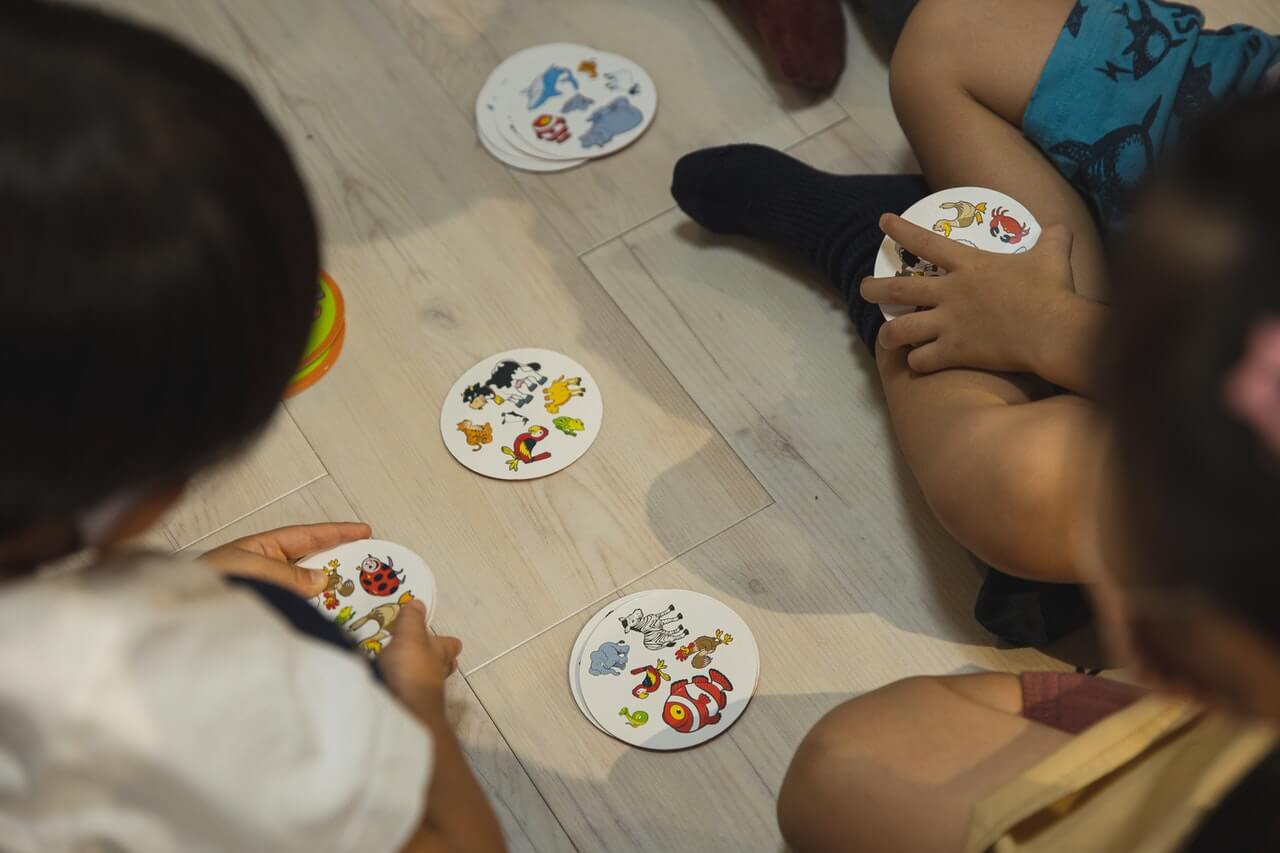Typical native speakers of English have an active vocabulary of somewhere in the region of 20,000 words.
For someone learning the language, this figure can sound extremely intimidating, as becoming fluent requires knowing many, many words.
Consequently, helping our students acquire vocabulary items is a vital part of teaching. So, how do we do this?
If you can keep in mind word grouping, the way that our brains categorize things, context, viewing words as conveyors of meaning in particular situations, and styles of learning, the way in which your students take in new information, you’re on the way to success.
The following activities take these factors into account, but are also fun and motivating ways to develop vocabulary knowledge in the classroom.
-Read: How to Pursue a Career in Teaching English to Speakers of Other Languages (TESOL)–
1. The Word Association Game
This is a good vocabulary activity for higher-level students and works best with verbs.
- Put the class into groups
- Give each group a simple verb, such as ‘walk.’
- The groups have to come up with as many synonyms as they can in a given time limit (their list might include march, hike, stroll, amble, etc.).
- The group with the most synonyms wins.
Extending the activity
- Broaden the activity to make it easier, such as asking for ‘verbs connected with human movement.’
- After the groups have made their lists, get them to compile their suggestions and then try to rank each on a sliding scale according to intensity.
Read: Vocabulary TESOL Game
2. What I like doing
This is a great vocabulary activity for getting learners to use questions and to recall vocabulary. Again, this is a great activity for verbs.
- Divide the class into two teams.
- One team chooses a verb, either randomly or from a given word list.
- The other team takes turns to ask yes/no questions to identify the verb.
- Questions should start in a very general way, such as, ‘Is this verb a body movement?’ they can later become more specific until the team is ready to guess the verb.
- Count the number of questions that each team needs to identify the word: the smaller number wins.
Extending the activity
- This works best with higher levels but can be good with beginners if you provide sample questions to get them started.
- Get students to write several example sentences with the other team’s words.
Read: Building Vocabulary at Higher Levels
3. What’s in the bag?
This is a simple game that works well when you’ve taught a group of nouns associated with a subject, such as foods or items found in class.
- Have a bag with an item inside that students can’t see.
- One student feels the item through the bag and tries to guess what it is.
- If he can’t, another student tries.
- This continues until the item is identified.
Extending the activity
- The student feeling the item describes it to the class, which has to guess what it is. This gives the student opportunity to use adjectives to describe the object.
- Students can bring their own mystery objects to each lesson to make this a continuing, fun way to start each class.
Read: How to Introduce New Vocabulary
4. Antonyms Snap
The classic game of snap works really well when trying to encourage the quick recall of previously learned vocabulary.
- Put students in pairs
- Create a set of cards for each pair with adjectives on some and their antonyms on another (e.g. ‘hot’ and ‘’cold).
- The game works like a traditional snap, only with ‘snap’ being called when an antonym follows a word.
- The first to call our takes the cards; the one with the most wins.
Extending the activity
- Get students to create a short story using the adjectives on the cards that they won during the game.
5. Sorting by Category
This is really useful if you have different levels of students in a class.
- Prepare a mixed set of cards containing items from a number of word groups. Start with simple categories, such as color, size, or shape.
- Put students in groups
- Shuffle the cards and give a set to each group.
- Students arrange them according to categories. The quickest team wins
Extending the activity
- Repeat, but with more cards relating to a wider range of categories (include feelings or opinion words).
- Give weaker students only easier categories, while stronger ones have more difficulty.
- If you did it with adjectives, do it with verbs of similar meaning (watch, view, observe, etc.)
Related Articles:
Using The Communicative Approach To Teach Vocabulary
Building Vocabulary At Higher Levels
Teach ESL Students To Improve Their English Vocabulary With Dictionaries
Teaching Vocabulary With Dictionaries: Frameworks, Levels, And Activities






Thank you for sharing these activities! I love what’s in the bag because it also gives a sense of mysteriousness and magic on what word they will be learning for the day.